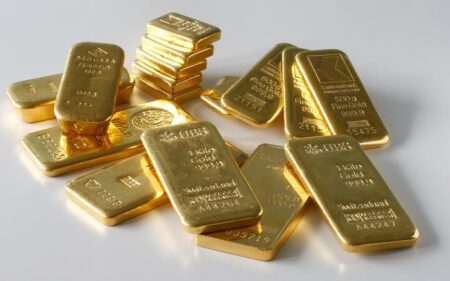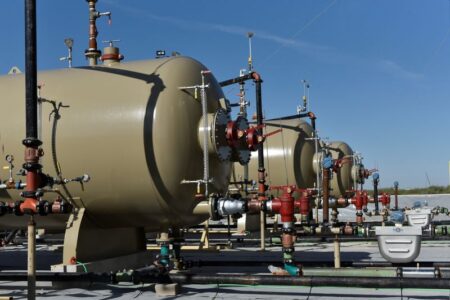SINGAPORE (Reuters) – China announced on Friday that it will require export permits for certain graphite products to protect national security, its latest move to curb shipments of minerals that are critical to the energy transition.
Graphite, a soft form of carbon, is a key component of batteries for electric vehicles and China is the world’s top producer, accounting for two-thirds of global supply, according to the U.S. Geological Survey (USGS).
Here are key details on graphite and China’s limits on exports of strategic minerals.
GRAPHITE IN ELECTRIC VEHICLES
Graphite has until recently mainly been used in the steel industry, but demand from the EV sector is surging.
The battery end-use market for graphite has soared by 250% globally since 2018, according to the USGS.
Graphite is the largest EV battery component by weight, with each vehicle on average using 50-100 kg of the material in its battery pack for the anodes, the battery’s negative electrodes. That’s about double the amount of lithium in an EV battery.
LARGEST PRODUCERS
China is the world’s top graphite producer, providing 67% of global supplies of the natural form, according to the USGS.
Mozambique, Madagascar and Brazil are the largest non-Chinese graphite producers, according to the USGS.
China also refines more than 90% of the world’s graphite into material used in virtually all EV battery anodes.
Top buyers of graphite from China include Japan, the U.S., India and South Korea, according to Chinese customs data.
Automakers including Tesla (NASDAQ:) and Mercedes have been rushing to lock in graphite supply from non-Chinese suppliers.
SYNTHETIC GRAPHITE
U.S. and European companies have been investing in the development of synthetic graphite, which could account for nearly two-thirds of the EV battery anode market by 2025, according to estimates from Benchmark Mineral Intelligence.
China also dominates production of synthetic graphite.
China’s exports of artificial graphite in the first nine months of 2023 rose 45% from a year earlier to 424,706 metric tons, customs data showed.
OTHER CHINESE MINERAL EXPORT CURBS
In July, China announced export restrictions on eight gallium and six germanium products starting on Aug. 1. Those minerals are used in high-tech microchips.
The restrictions, which require exporters to obtain an export licence for dual-use items and technologies, have effectively choked-off exports for last the two months, customs data shows.
Read the full article here












